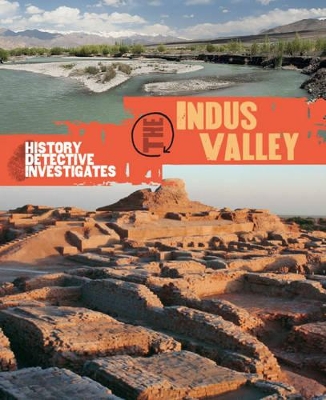
The History Detective Investigates: Rationing in World War II
The History Detective Investigates
No. of pages 32
Published: 2015
Add this book to your 'I want to read' list!
By clicking here you can add this book to your favourites list. If it is in your School Library it will show up on your account page in colour and you'll be able to download it from there. If it isn't in your school library it will still show up but in grey - that will tell us that maybe it is a book we should add to your school library, and will also remind you to read it if you find it somewhere else!
This book is part of a book series called The History Detective Investigates .
This book has been graded for interest at 9-11 years.
There are 32 pages in this book. This book was published in 2015 by Hachette Children's Group .
Dr Martin Parsons is director of PGCE Secondary at the University of Reading. He has established a centre for evacuee studies at the University and has lectured on the topic at the Imperial War Museum and abroad.
This book is in the following series:
The History Detective Investigates
An investigative approach to studying History



